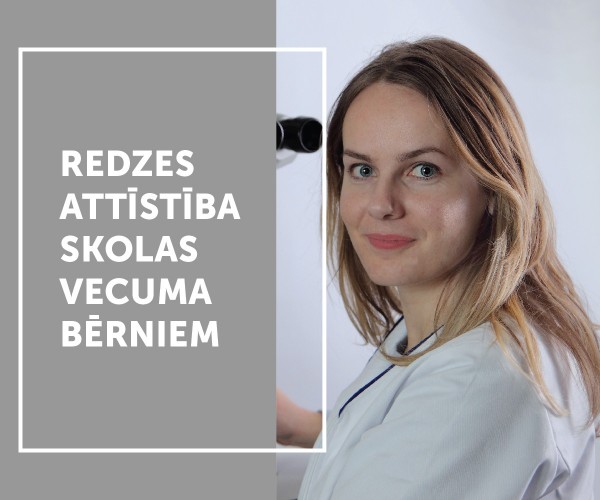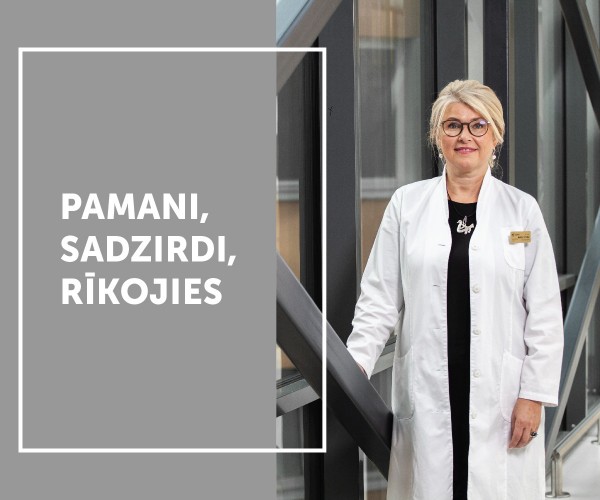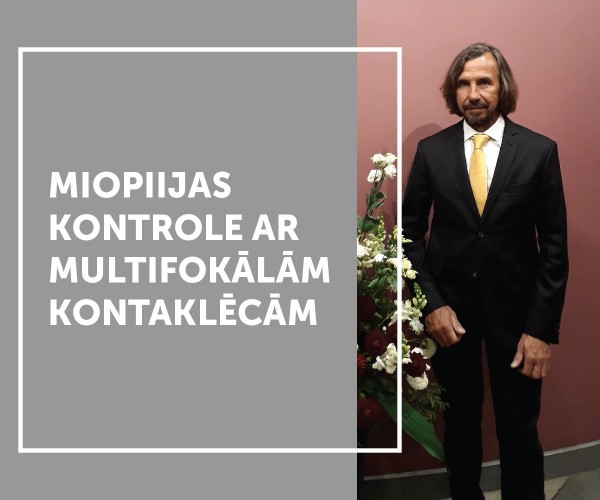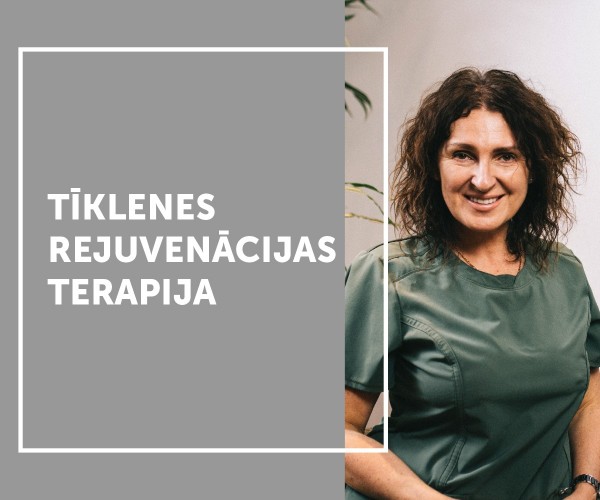Iepazīsti konferences lektorus

Iepazīsti konferences lektorus
15.oktobrī tiešsaistē norisināsies SEE THE FUTURE konference, biļetes iespējams iegādāties šeit
Iepazīsti konferences lektorus un tēmas
Anete Petrova – Latvijas Universitātes lektore un OC VISION optometriste dalīsies zināšanās un pieredzē par tēmu “Bērna redzes attīstība”.
3 svarīgākās lietas, ko uzzināsi no Anetes lekcijas:
- Kā noris bērna acu attīstība?
- Kas notiek bērna redzes pārbaudē?
- Kādēļ ir svarīgi regulāri veikt bērna redzes pārbaudi un kā tas ietkemē redzes attīstību?

Konferences dalībnieku vidū arī asociētā profesore audiologopēdijā, Liepājas Universitātes Runas un balss izpētes laboratorijas vadītāja, arī praktizējoša logopēde Baiba Trinīte.
3 lietas, ko uzzināsiet no Baibas lekcijas:
- Kāpēc neviens nespēj dot profesionālu padomu par bērna runas, valodas un komunikācijas attīstību labāk par logopēdu?
- Kādi ir 21. gadsimta izaicinājumi, ar kuriem sastopas vecāki un bērni?
- Kā agrā bērnībā iegūtais vai neiegūtais atsaucas vēlākos skolas gados?

Ilze Sokolova otolaringoloģe LOR klīnikā, 2 meitiņu mamma, savā lekcijā stāstīs par dzirdi kā vienu no mūsu pamatmaņām, kas nepieciešama apkārtējās pasaules uztverei.
3 lietas, ko uzzināsiet no šīs lekcijas:
- Kā notiek dzirdes attīstība, kam jāpievērš uzmanība gan vecākiem, gan speciālistiem?
- Kā mēs varam palīdzēt mūsu bērniem uztvert skaņu pasauli pilnvērtīgi?
- Kādas pazīmes liecina, ka ir dzirdes traucējumi un kur šādā gadījumā vērsties?

Acu ārsts un optometrists Rets Skrickis, kurš pamatā nodarbojas ar redzes korekciju ar kontaktlēcām un brillēm un pieredzi guvis arī strādājot kā acu ārsts aviācijas medicīnas ekspertu komandā, stāstīs par miopijas, jeb tuvredzības pacientiem.
Lekcijā uzzināsiet:
- Kāpēc miopija nav slimība un mēs to nevaram izārstēt?
- Vai multifokālās kontaklēcas var būt veids miopijas progresa kontrolei?
- Praktisko darbu rezultātu apkopojums.

Žanna Artiņa, acu ārste, lāzeroftalmoloģe, konferencē dalīsies zināšanās un pieredzē par vecuma izraisīta mākulas deģenerāciju (VMD) un tās ārstēšanas iespējām agrīnā formā ar lāzerterapiju.
No šīs lekcijas uzzināsiet:
- Kāda ir mūsdienīgākā metode, kas spēj paglābt cilvēkus no Rietumu pasaulē izplatītākā redzes zuduma iemesla vēl pirms redze tiek neatgriezeniski bojāta?
- Kādu rezultātu sniedz inovatīvā lāzerterapijas metode un ar kādiem izaicinājumiem tajā jāsaskaras?

SEE THE FUTURE moderators Ivars Lācis. Latvijas Universitātes profesors emeritus, kādreizējais Optometrijas un redzes zinātnes nodaļas vadītājs, Redzes uztveres un Acu kustību mehānismu pētnieks, iesaka apmeklēt konferenci, jo uzzināsiet:
- Kāpēc redze ir visvairāk nodarbinātā cilvēka maņa?
- Vai mēs pret to izturamies pietiekoši rūpīgi?
- Kāpēc optometrists nedrīkst palaist garām iespēju mācīties?

Konferences lektore, optometriste ar 19 gadu stāžu un pieredzi visdažādākajos optometrijas klīniskajos gadījumos – Karīna Beļikova, droši apgalvo, ka būt par optometristi ir viņas dzīvesveids un aicinājums.
Karīna ir ne vien pieredzējusi, bet arī mūsdienīga speciāliste, kura atbalsta tehnoloģiju ieviešanu kabinetos, kas nodrošina interesantāku, aizraujošāku un vēl precīzāku un piemērotāku redzes pārbaudi visām vecuma grupām.
- 3 lietas, ko uzzināsiet no lekcijas:
- Kādi ir biežākie mīti par bērnu redzi.
- Kā bērnu redze ir savstarpēji saistīta ar bērna fiziski un personības attīstību?
- Kāpec svarīgi ir regulāri pārbaudīt bērnam redzi?












